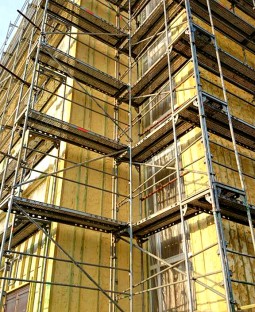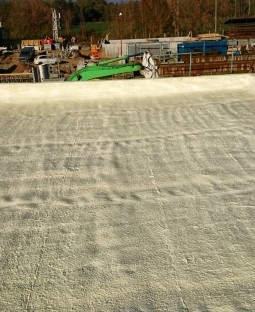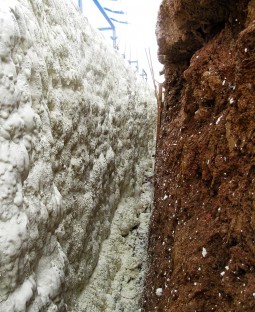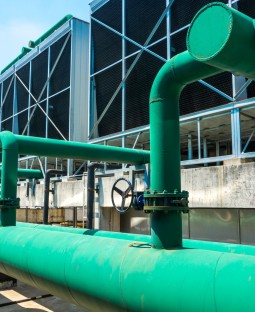Polyurethane heat insulation is sprayed in the form of two materials, isocyanate and polyol, which create polyurethane due to reaction and foaming agents are added to form foam.
From the viewpoint of foaming we distinguish:
- Open cell structures – more than 80 % of open cells, density 8 -15 kg/m3
- Semi-rigid foams – density 30-45 kg/m3, strength about 270 KPA
- Rigid – density 50-70 kg/m3, strength 400-500 KPA
With sprayed thermal insulation foam you will achieve high saving at heating (saving approximately 70%). Apart from the saving, also the costs of the implementation of the heat insulation layer are reduced due to the possibility of quick application of the foam (approximately 200 m2 in one day). See more info on page: www.pur-izolacie.sk




